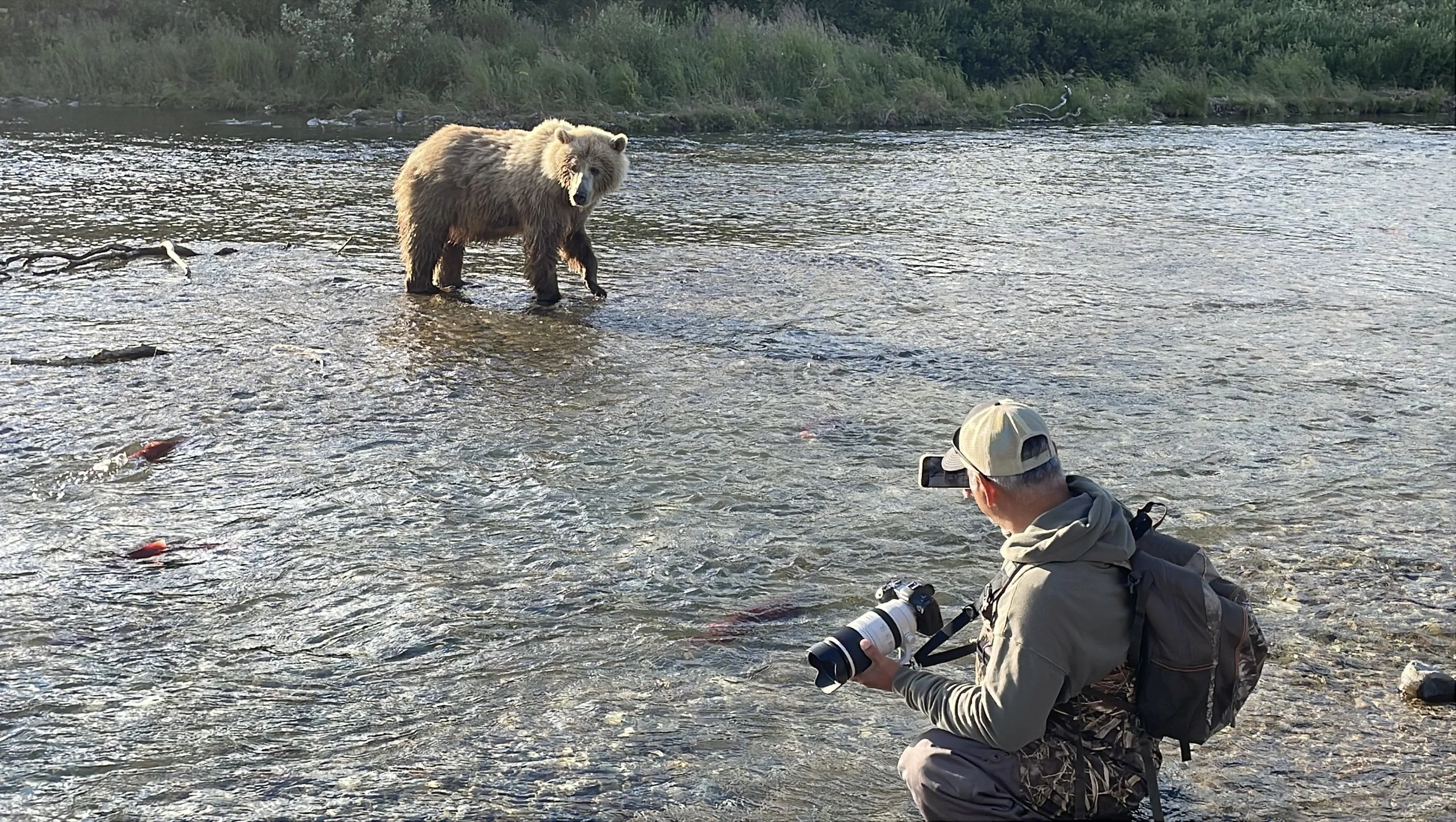Tequila the tiger shark. Formerly known as New Girl.
There has always been a love-hate relationship between shark divers and shark researchers. Researchers have often been very vocal about their dislike for shark diving. Some researchers, not all.
Of course, many shark divers have also been critical (again, some—but not all) of shark research and the methods used.
I admit, I’ve been very vocal in the past about my issues with shark research. Though, as I’ve mentioned before, I do understand the value and necessity of some of it. On the flip side, some researchers have also been very vocal about me and what I do in the water—how I’m invasive, how I shouldn’t be touching sharks or feeding them, or how I’m “molesting” them. The criticism goes on and on.
That said, I absolutely respect legitimate shark researchers and the contributions they’ve made to shark conservation. I’ve even participated in tagging programs in the past. But I’m just too hands-on, too huggy and kissy with sharks to ever feel completely comfortable with that kind of work.
I know shark research is important. But there’s also so much more we can learn—beyond just hooking sharks, drawing blood, and taking measurements. There’s immense value in simply observing sharks, especially at dive sites like Tiger Beach.
These places are living laboratories: you can witness shark social structures, hierarchies, mating behaviors, healing processes, interspecies dynamics, and more.
So many stories. So much science. But as I’ve been told by researchers, because it’s a “non-natural” setting, it doesn’t count as real science.
Still, I finally got a chance to contribute in a way that made my point clear.
On December 2, 2014, I filmed one of our resident tiger sharks—Tequila—showing up with fresh mating scars. She had two chunks missing from her tail fin. I remember seeing her and thinking, “That’s not good.” She was clearly agitated and skittish, which is typical of a shark that’s recently been injured. She never came in close, and that was the only dive we saw her on during that trip.
Fast forward to October 12, 2015—less than a year later—Tequila showed up again, and to my amazement, she was completely healed. What’s more, the missing sections of her fin had grown back. I didn’t even know that was possible. (And yes, before anyone asks—it was definitely her. She has a distinct color pattern on her left side that makes her easily recognizable.)
This shows that some shark species are capable of not only healing but regenerating parts of their fins. While it’s widely known that sharks heal quickly, the idea that they can regrow damaged fin tissue is still relatively new. I had documented the whole thing in my journal—something I do for all the tiger sharks we encounter here—and I happened to catch it on video.
I shared the footage with the research community and asked if this was already known. Some aspects of it were, but for the most part, it was new information.
Now, this isn’t research that’s going to get published. It probably never will be. And that’s fine. What matters to me is that the footage sparked discussion within the researcher community. That, in itself, proves that shark diving sites like Tiger Beach can make real contributions to science—without needing to hook a single shark.
Maybe some researchers will still disagree with me on that… some, but hopefully not all.




